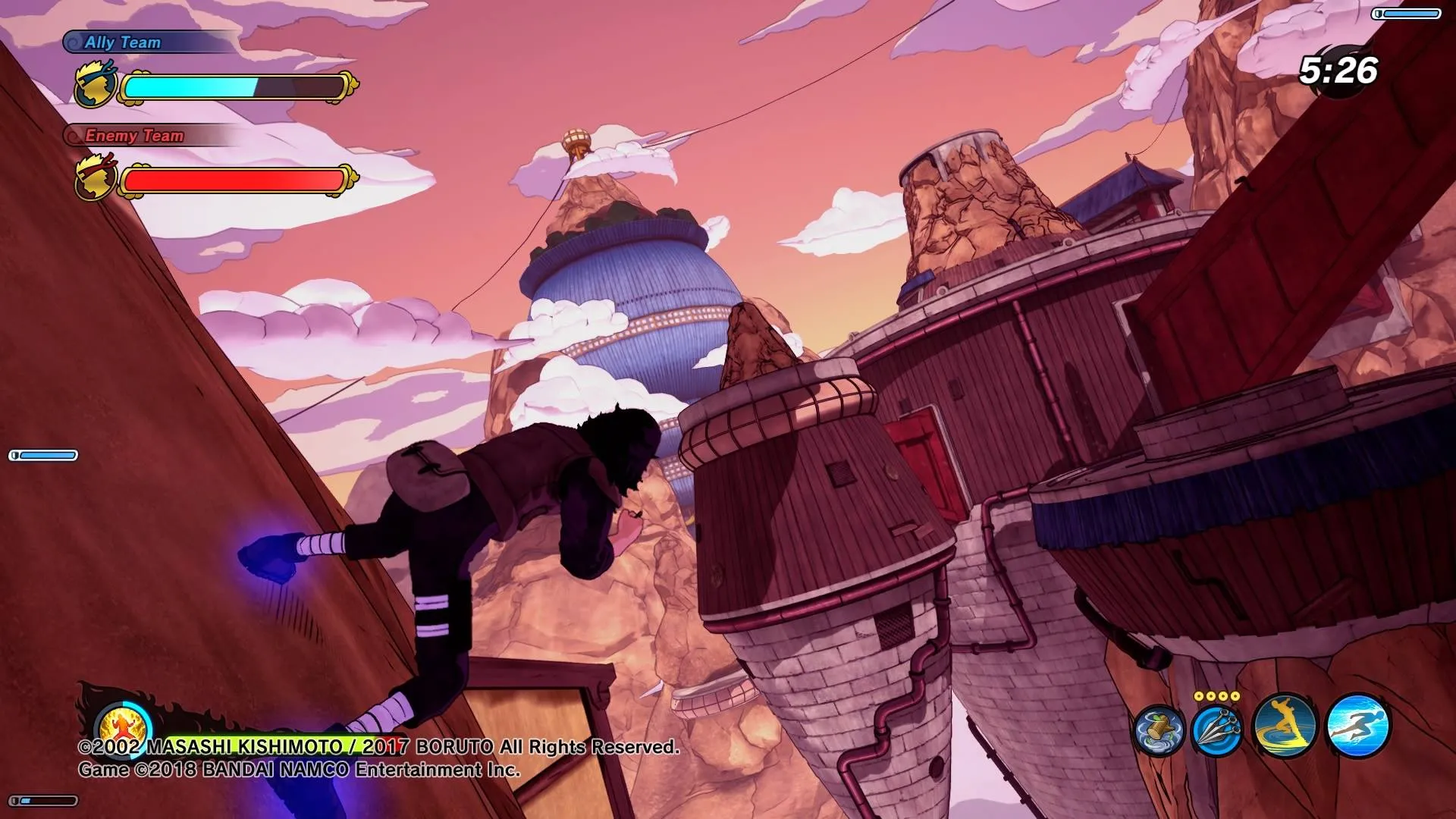
Naruto to Boruto: Shinobi Striker: A Faithful Adaptation with Shallow Gameplay
Contents
Naruto to Boruto: Shinobi Striker, the latest game featuring the iconic ninjas from the beloved Naruto manga and anime series, has arrived. Backed by a massive fanbase and a strong marketing campaign from Bandai Namco, the renowned publisher of anime-based games, does Shinobi Striker live up to the hype? Let’s dive in and find out.
A Faithful Recreation of the Naruto World
 Naruto to Boruto: Shinobi Striker Hidden Leaf Village
Naruto to Boruto: Shinobi Striker Hidden Leaf Village
Adapting beloved source material into a video game is a delicate balancing act. While the existing narrative, characters, and world provide a solid foundation, simply rehashing the story can lead to a predictable and unengaging experience. Shinobi Striker largely succeeds in capturing the essence of the Naruto universe. Bandai Namco, with its proven track record of developing successful Naruto games like Ultimate Ninja, Kizuna Drive, and Ninja Destiny, has once again crafted a compelling digital rendition of the Hidden Leaf Village and beyond.
Exploring Familiar Landmarks and Characters
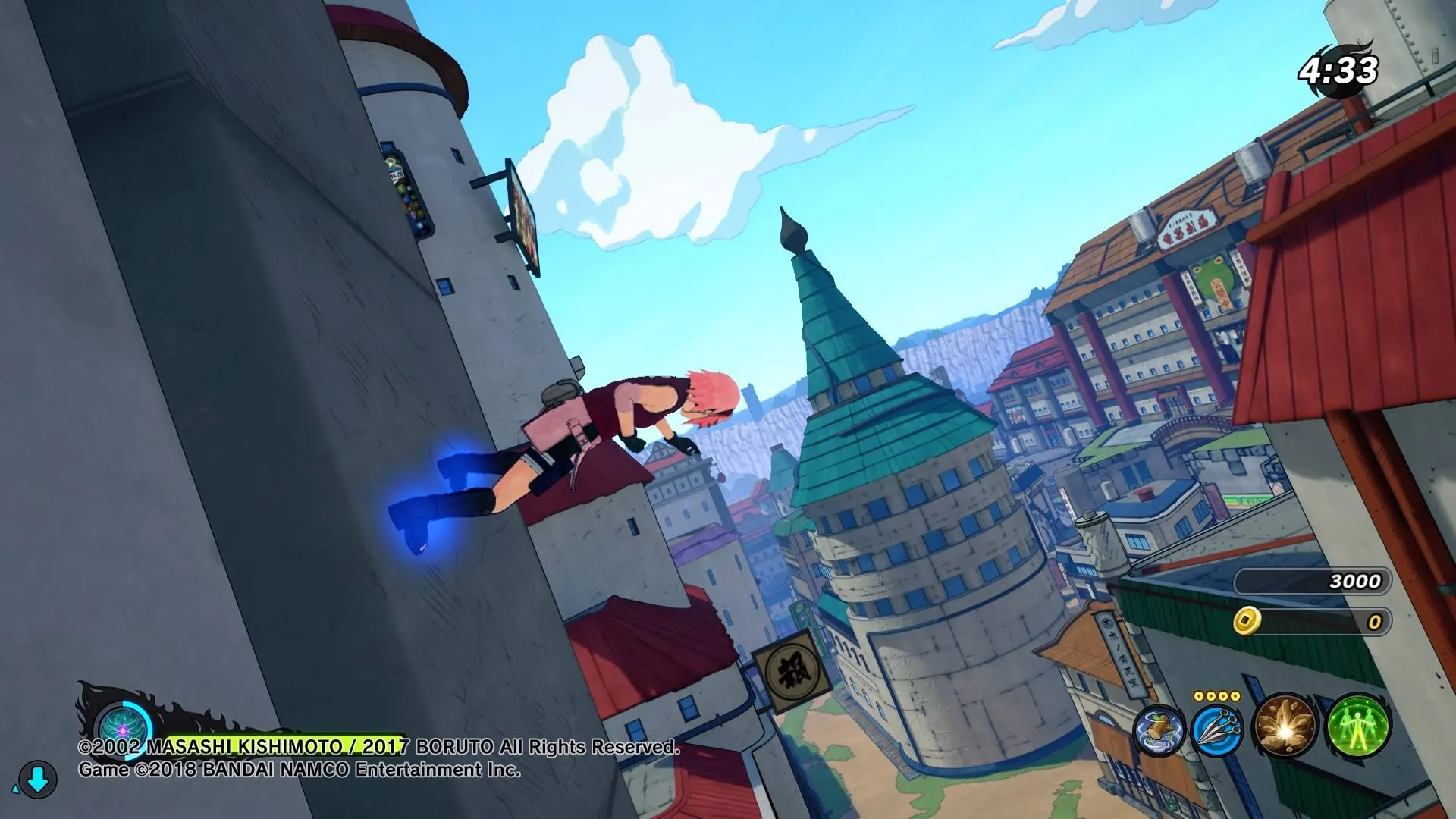 Naruto to Boruto: Shinobi Striker Characters
Naruto to Boruto: Shinobi Striker Characters
From the Hokage Rock, bearing the carved visages of the village leaders, to the bustling Ninja Academy and the iconic ramen shop, Shinobi Striker meticulously recreates iconic locations. Familiar characters, including the core trio of Naruto, Sasuke, and Sakura, along with fan favorites like Jiraiya, Kakashi, the Third Hokage, and Kisame, are all present. Each character boasts their signature jutsu, which players can learn and utilize after completing specific challenges. As you progress, you’ll unlock storylines that delve deeper into character backstories and pivotal moments in the Naruto saga.
The game also meticulously recreates the signature tools and attire of the ninja world. From kunai and shuriken to the distinct clothing of the Hidden Sand, Cloud, and Mist villages, every detail is rendered with a modern cel-shaded aesthetic that enhances the vibrant visuals.
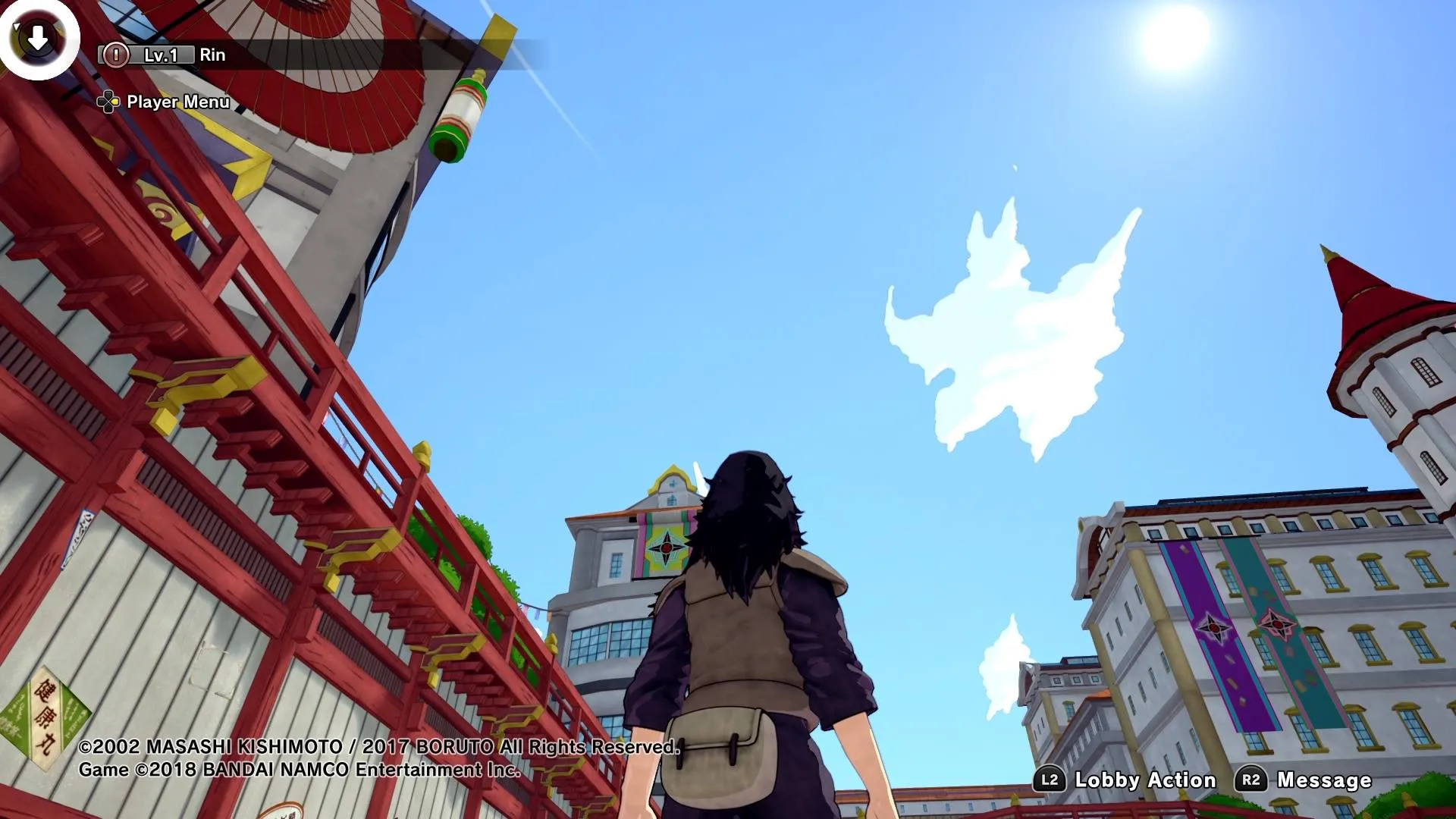 Naruto to Boruto: Shinobi Striker Gameplay
Naruto to Boruto: Shinobi Striker Gameplay
Repetitive Gameplay and Unbalanced Multiplayer
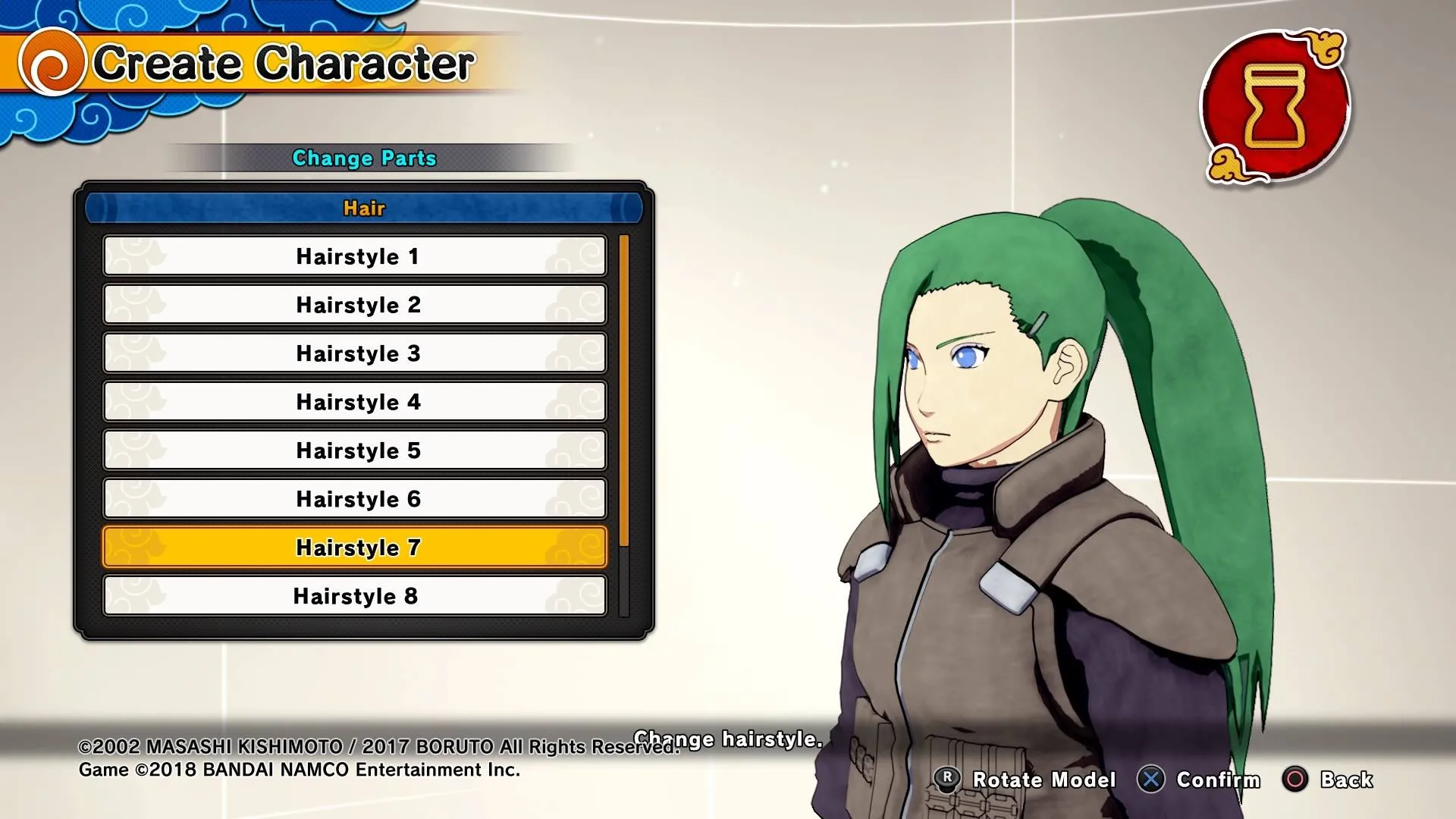 Naruto to Boruto: Shinobi Striker Combat
Naruto to Boruto: Shinobi Striker Combat
Despite its faithful adaptation, Shinobi Striker falters in its gameplay. While the combat system initially feels intuitive, allowing for stylish combos and high-speed traversal, it quickly becomes repetitive. The acrobatic ninja movements, such as wall-running and leaping across vast landscapes, are enjoyable, but the core gameplay loop lacks depth.
Missions, despite detailed descriptions and thorough preparation sequences, often boil down to fetching items and defeating a handful of enemies. This repetition becomes tedious, regardless of minor variations in objectives.
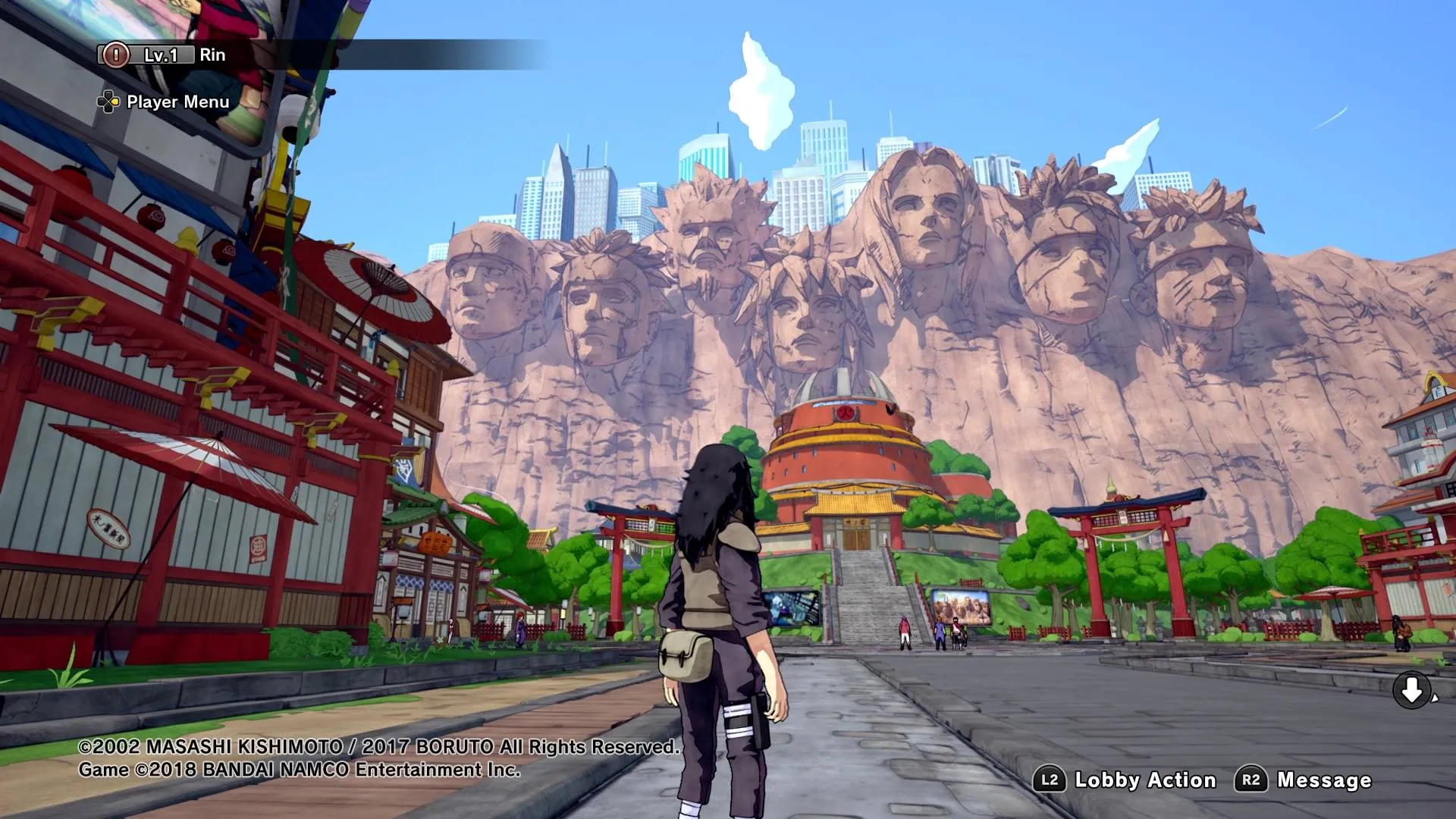 Naruto to Boruto: Shinobi Striker Missions
Naruto to Boruto: Shinobi Striker Missions
The multiplayer component, crucial for a game like this, suffers from similar issues. While matchmaking is quick, the balancing is problematic. Encounters between low-level and high-level players are common, creating unfair and frustrating matches.
The Ultimate Jutsu system further exacerbates the imbalance. These powerful moves are overwhelmingly strong, capable of instantly defeating opponents regardless of their level or equipment. This makes strategic play less important and often leads to matches being decided by who lands the first Ultimate Jutsu.
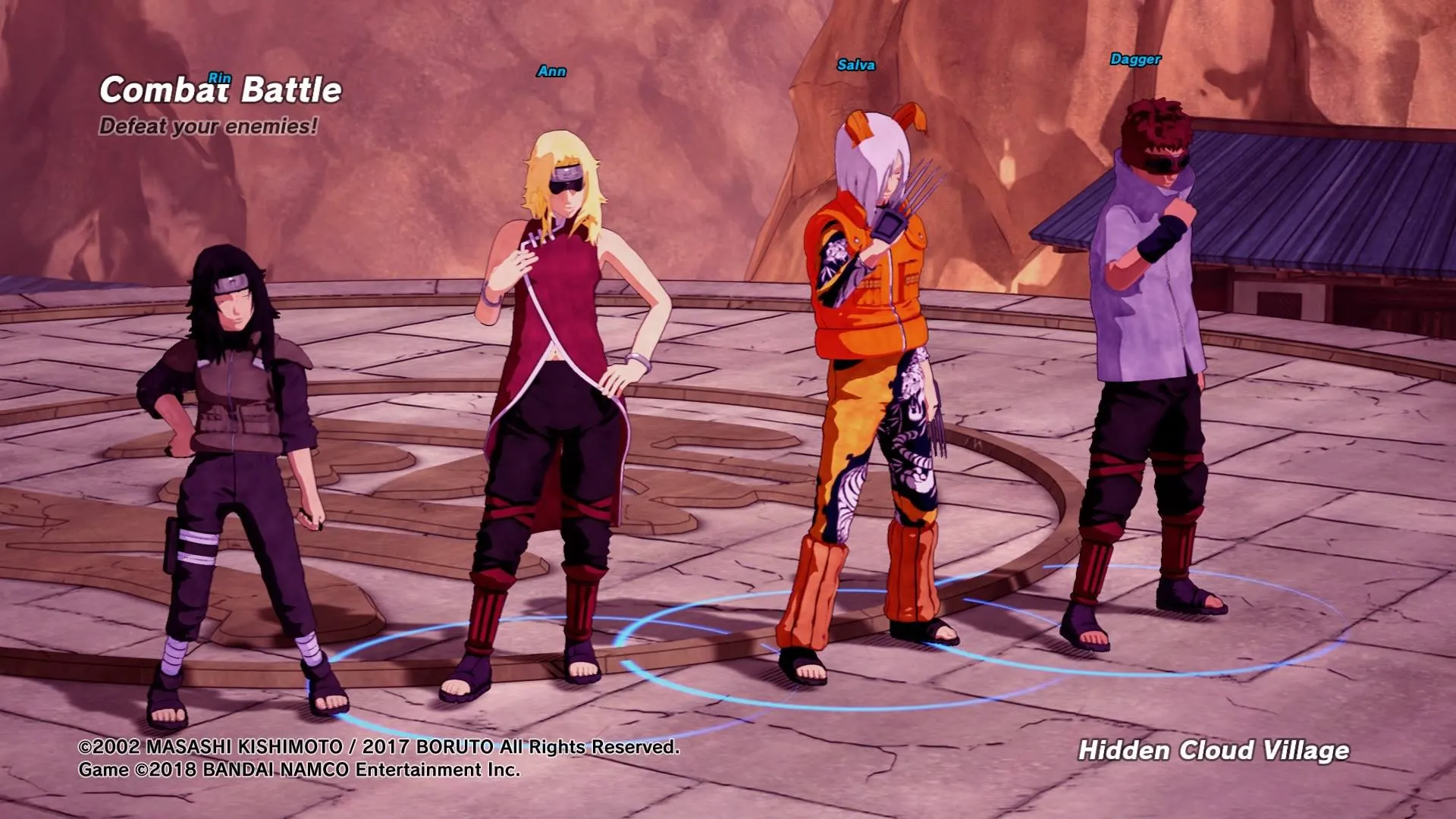 Naruto to Boruto: Shinobi Striker Multiplayer
Naruto to Boruto: Shinobi Striker Multiplayer
Conclusion
Naruto to Boruto: Shinobi Striker excels in its visual presentation and faithful recreation of the Naruto world. However, its shallow gameplay, repetitive missions, and unbalanced multiplayer hold it back from being a truly great Naruto game. While fans of the series will appreciate the attention to detail and the chance to play as their favorite characters, the lack of depth in the gameplay may leave them wanting more.





Comments (0)